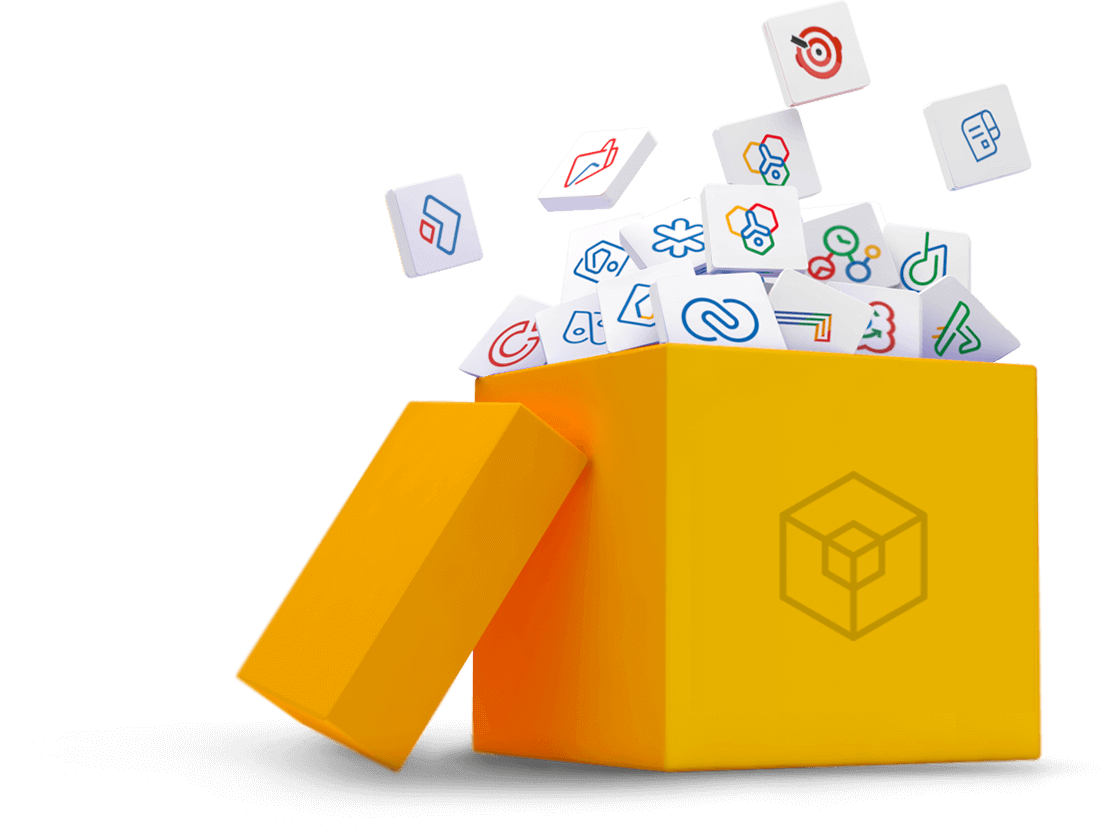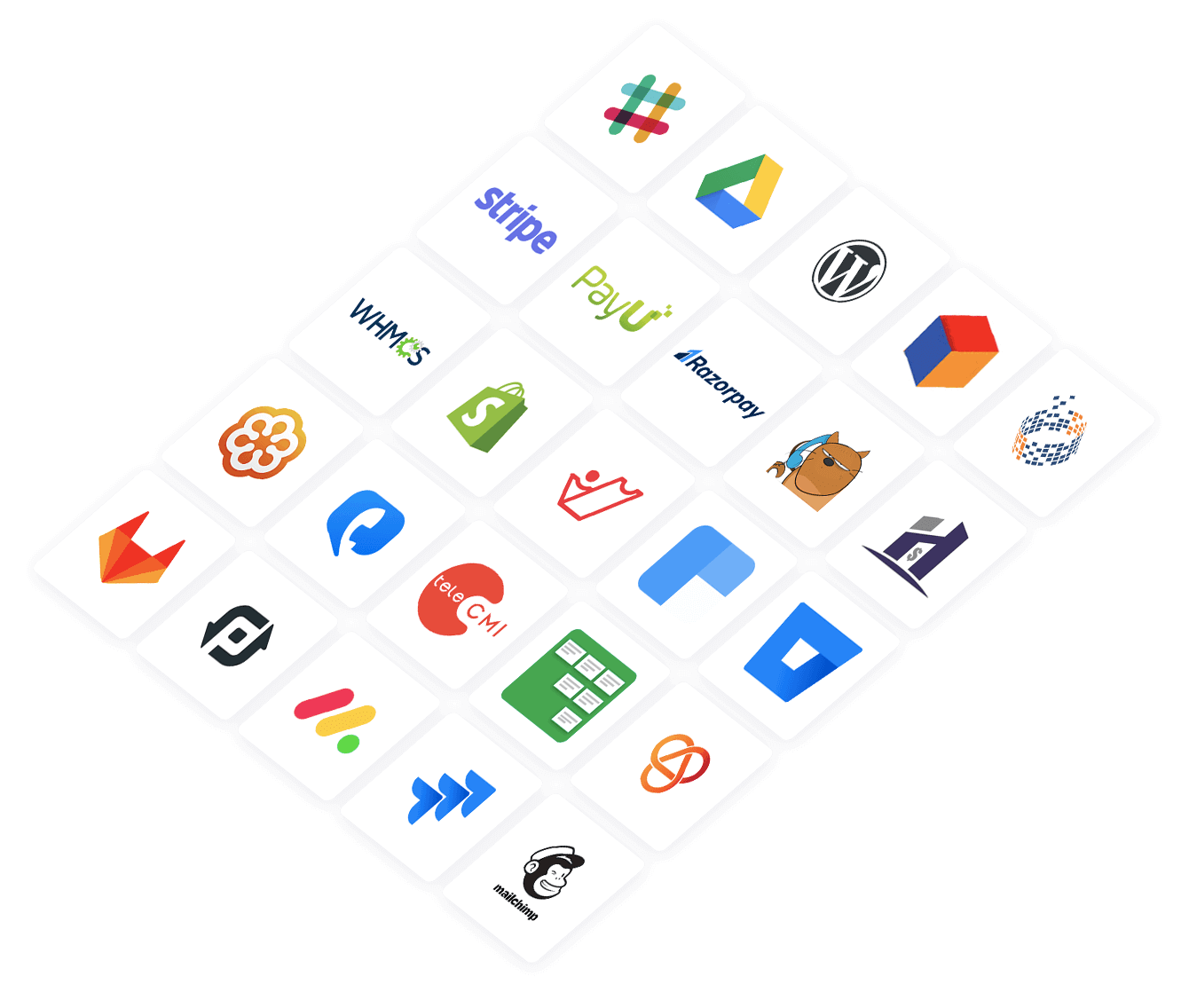Prospecting made simple: A smart start for sales success
- Last Updated : July 2, 2025
- 74 Views
- 8 Min Read

It's one thing to have a great product or service; it's another to consistently find the right people who need it and are ready to listen. That's where smart prospecting comes in.
At its core, sales prospecting is the process of identifying potential customers and starting meaningful conversations with them. And while that might sound simple, doing it well requires a mix of timing, strategy, and the right tools.
In this beginner-friendly guide, we'll walk you through what sales prospecting really means, how to do it effectively, and how today's AI-powered platforms can make your life a whole lot easier. So whether you're just getting started or looking to sharpen your outreach, this guide has your back.
What is sales prospecting and why does it matter?
At the foundation of every successful sales strategy is sales prospecting, which is the process of finding the potential customers who are most likely to benefit from what you offer and starting meaningful conversations with them. Instead of waiting for the right people to find you, prospecting puts you in the driver's seat, thereby helping you reach out first and build real connections from the ground up.
For beginners, it can seem like a numbers game. But the truth is that effective prospecting is more about focus than volume; it's about identifying the right people at the right time with the right message—and that's where strategy, research, and tools come in. If done well, prospecting doesn't just fill your pipeline; it shapes the quality of your deals, the speed of your sales cycle, and even how trusted your brand becomes. It sets the tone for everything that follows, from the first email to the final handshake. And when powered by AI and automation, the whole process becomes more targeted, more efficient, and far less overwhelming.
The sales prospecting process, step by step
Prospecting isn't just about sending messages and hoping for replies. Rather, it's a step-by-step approach that helps you build real momentum. If you're new to the field, here are some basic steps to help you get started:
1. Define your ideal customer
Start by knowing who you're looking for. What industry are they in? What challenges do they face? The clearer your ideal customer profile is, the easier it becomes to target the right people.
2. Build a quality lead list
Use reliable sources to find leads. Use LinkedIn, webinars, industry databases, or your CRM to gather prospects that actually match your ideal profile. Focus on quality over quantity.
3. Research your prospects
Before reaching out to prospects, learn about them. Visit their websites, check recent updates, and understand their pain points. Personalization starts with preparation.
4. Craft a thoughtful outreach strategy
Your first message sets the tone. Keep it brief, relevant, and centered on their needs—not on your pitch. Whether it's an email, a call, or a DM, make it count.

5. Follow up with purpose
Persistence matters, but so does value. Follow up by sharing something useful, such as a relevant article, a product update, or a quick insight to spark interest. But following up doesn't mean flooding inboxes. Spacing your messages strategically shows respect for your prospects' time and helps avoid coming across as spam. Know when to nudge, when to wait, and when to walk away. A well-timed, thoughtful follow-up always beats a relentless reminder.
6. Track and improve
Use your CRM to monitor what's working as far as open rates, replies, and conversions, and adjust your approach based on real-time feedback. Take it one step further with A/B testing by experimenting with different subject lines, email lengths, tones, or CTAs to see what drives better engagement. Just be sure to test one variable at a time to keep your insights clear. Even minor tweaks, like the time of day you send an email or the structure of your message, can reveal what truly connects with your audience. Let the data guide you, refine your messaging, and keep evolving, because the best prospecting strategies are always works in progress.
Tools and tactics for better prospecting outreach
Now that you have a basic plan in place, let's look at some tools and tactics that can help you with this activity. Great outreach isn't about how many messages you send; it's about how meaningful each touchpoint feels. Whether it's through emails, calls, or social media, your approach should always feel intentional and informed. The right tools can amplify your efforts, and the right tactics can turn cold prospects into warm conversations. Below are a few practical methods and digital tools you can use to make every interaction count and bring structure to your prospecting journey.
Cold emails that don't feel cold
Your emails should reflect effort and relevance. Skip the generic intros and get specific; refer to something about their business, a recent activity, or a pain point. Keep it concise, and always end with a clear next step.
Cold calling with context
Calls shouldn't be a shot in the dark. Use your CRM data to know who you're calling and why. Open with insight—not a pitch—and ask open-ended questions that let the prospect guide the conversation.
Your CRM is your command center
A strong CRM can enable you to track prospect behavior, automate follow-ups, and personalize outreach at scale. Use it to segment leads, trigger actions based on engagement, and keep every touchpoint timely and relevant.
The essentials of turning prospects into partners
Building a healthy pipeline isn't just about adding more names to your list; it's about knowing which leads are worth your time, how to connect with them in ways that feel real, and how to guide them from initial interest to genuine opportunity. Turning prospects into partners takes focus, thoughtful outreach, and tools that help you work smarter at every step. Here's how to get it right.
Focus on leads that are worth your time
Not every lead is ready to buy, and chasing the wrong ones costs more than just your time. That's why qualifying prospects early on is so important; it helps you prioritize the leads that are most likely to convert so you can focus your energy where it actually matters.
Start by asking the right questions:
Does this prospect match your ideal customer profile?
Have they shown buying signals like visiting your pricing page, opening multiple emails, or attending a webinar?
Are they engaging with your brand across channels?
AI tools can help make this process seamless. Zia, Zoho CRM's AI assistant, can score leads automatically based on how they interact with your business, highlight those who are warm, and flag those who may need more nurturing. You can stop guessing and start qualifying with data—and smarter qualification means less time chasing dead ends and more time closing meaningful deals.
Build real connections through personalization
In today's sales landscape, buyers are informed, selective, and quick to tune out generic outreach. That's why personalization isn't optional; it's essential.
Every prospect wants to feel seen. A cold email that starts with “Hi there” and ends with a pushy pitch will likely land in the trash bin. But a message that references a recent company update, aligns with their role, or addresses a clear pain point? That opens doors.
Start by learning about your prospect and their business, their challenges, and their goals. Use CRM tools to derive relevant insights, track behavior, and personalize every message. And when you follow up, don't just ask if they saw your last email; offer new value, insights, or solutions. Keep the conversation moving forward, not looping in circles.
Smart prospecting is about relevance, not repetition.
Turning interest into opportunity
Once you've qualified a lead, it's time to shift gears from introduction to intention. This is where real sales conversations begin.
Start by tailoring your pitch based on the prospect's specific pain points and needs. Bring context into every interaction. If they've shown interest in a certain product or feature, focus on that. Use your CRM to track their journey so far and build your proposal around what they've already responded to.
AI can support you here too. Tools like Zia can recommend next steps, flag signals of buyer intent, and even detect if a prospect is losing interest so you can step in at the right moment. This turns a basic follow-up into a timely, value-driven opportunity.
The goal isn't just to move them forward; it's to move them forward with purpose.
How AI makes prospecting smarter
Traditional prospecting techniques often involve long hours of research, manual follow-ups, and guesswork. But AI has changed that. Instead of doing everything yourself, AI tools help you focus on what matters most: connecting with the right people at the right time.
AI can automatically score leads based on how likely they are to convert, suggest the best time to reach out, and even personalize messages using their behavioral data. It saves time, reduces effort, and improves accuracy.
But AI isn't just about automation; it's also about insight. AI tools can analyze trends in real time, detect buying signals, and flag anomalies in your pipeline before they turn into missed opportunities. That means you're no longer reacting; you're staying ahead.
With assistants like Zia in Zoho CRM, AI becomes more than just a tool; it becomes a smart assistant that helps you prospect with purpose and precision.
Common prospecting mistakes to avoid
Even with the best tools and intentions, your prospecting efforts can fall flat if you don't address a few key missteps. Here are some of the most common ones and how to steer clear of them:
Targeting the wrong prospects
If you're reaching out to people who don't need or can't benefit from your product, you're wasting time. Stay focused on your ideal customer profile and let AI tools help you filter the noise.
Over-automating outreach
Automation is powerful, but don't let it replace personalization. Prospects can tell when a message is generic and will ignore it. Add a human touch to every interaction.
Giving up too soon
Many reps stop after one or two touchpoints. In fact, 80% of sales require at least five follow-up attempts, yet 44 to 48% of salespeople never make it past one follow-up. Stay consistent and use your CRM to space follow-ups strategically.
Talking too much about your product
Prospecting is about them, not you. Focus on their pain points, challenges, and goals. Position your product as the solution, not the spotlight.
Not tracking what's working
If you're not reviewing your email open rates, response times, and conversion metrics, you're guessing. Use data to refine your strategy and improve continuously.
Closing down with sales prospecting for the modern seller
Effective sales prospecting isn't about doing more, but rather about doing it smarter. With the right approach, a clear understanding of your audience, and AI tools that streamline the process, even beginners can prospect with confidence and consistency.
It all starts with knowing who to reach, why they matter, and how to connect in ways that feel personal and relevant. Prospecting may have been a numbers game once, but today, it's a strategy powered by insight and driven by intent.
Prioritize meaningful connections, measure what drives results, and use smart tools to support and scale your success.




